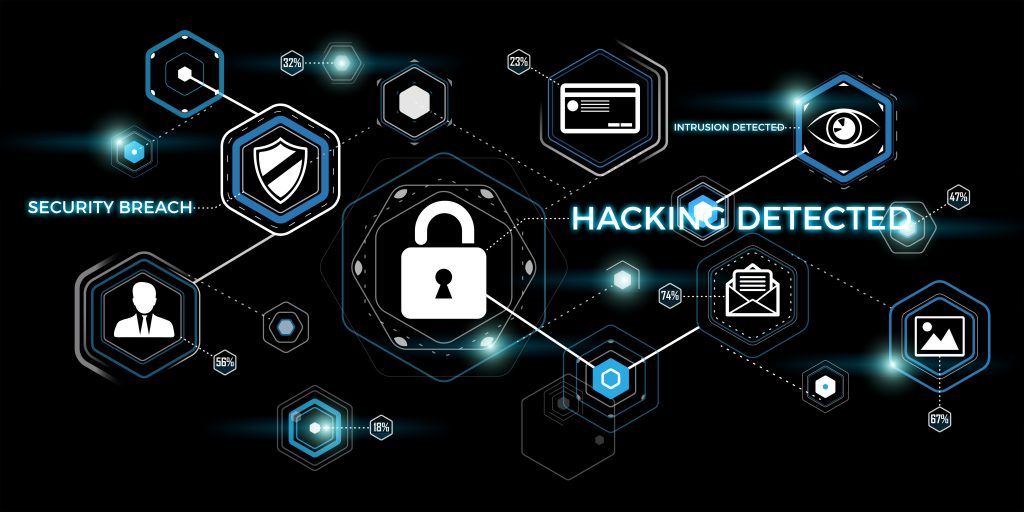MDR, EDR, or XDR: What’s the Difference?
MDR is an acronym for Managed Detection and Response. You will also hear people talk about EDR (Endpoint Detection & Response), and XDR (Extended/Anything Detection & Response). Regardless of which you select, MDR, EDR, or XDR, they’re all designed to act as an early warning system. They let you know in real time if something bad is happening against your network or systems. In some cases, MDR, EDR, and XDR can be configured to automatically respond on your behalf. So which should you choose? MDR, EDR, or XDR? They have some pretty subtle differences. So let’s get into what each one accomplishes.

What is MDR?
MDR helps your business stay on top of your monitoring by using an external Managed Security Service Provider (MSSP). In this scenario, the MSSP manages your cyber security around the clock based on your company’s specific cyber security priorities.
What is EDR?
EDR focuses on protecting a company’s endpoints. An Ernst and Young study found that almost 70% of all breaches still originate at endpoints. EDR centers around finding the more complex threats including malware that aren’t well-known. These kinds of attacks are typically targeted towards traditional security methods. EDR is a very advanced and intelligent approach. It can thoroughly analyze cyber threats and automatically respond to them.
What is XDR?

XDR is a much more in-depth approach compared to MDR and EDR. XDR not only detects the endpoints, but also has a complete monitoring system for a large number of areas for your business. It completes its advanced monitoring and responding using artificial intelligence.
Whether you choose MDR, EDR, or XDR, the key to all of them is to proactively detect a problem before it leads to a full-on breach. Being able to detect a problem allows you to become aware that something bad may be happening. Protecting your systems on the other hand, ideally prevents something bad from happening, even if you have no way of detecting it. The two usually go hand in hand and are part of a good “defense in depth” approach to cyber security. Early detection of a problem can give you the opportunity to shut things down or block bad connections before someone is successful at compromising your network or systems.
To learn more about protection and early threat detection on your network, visit QuickProtect. Contact one of our experts to learn how our solutions can help your business.


